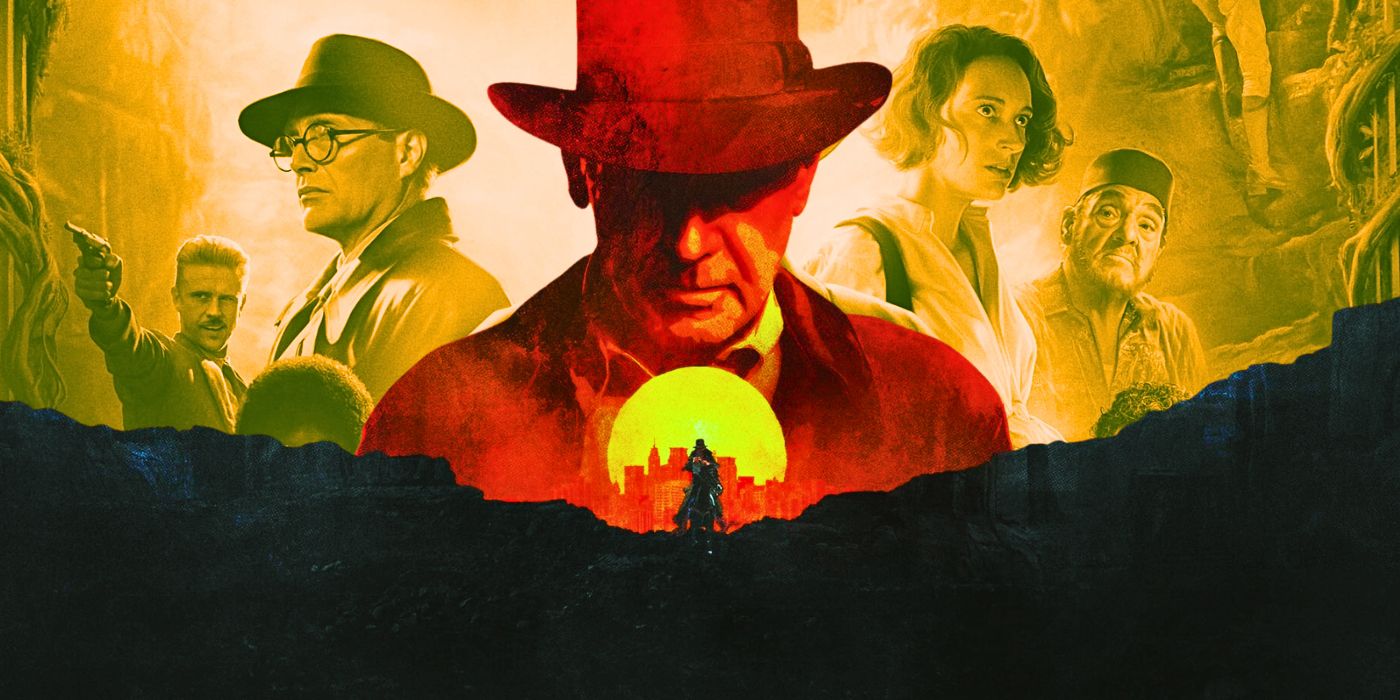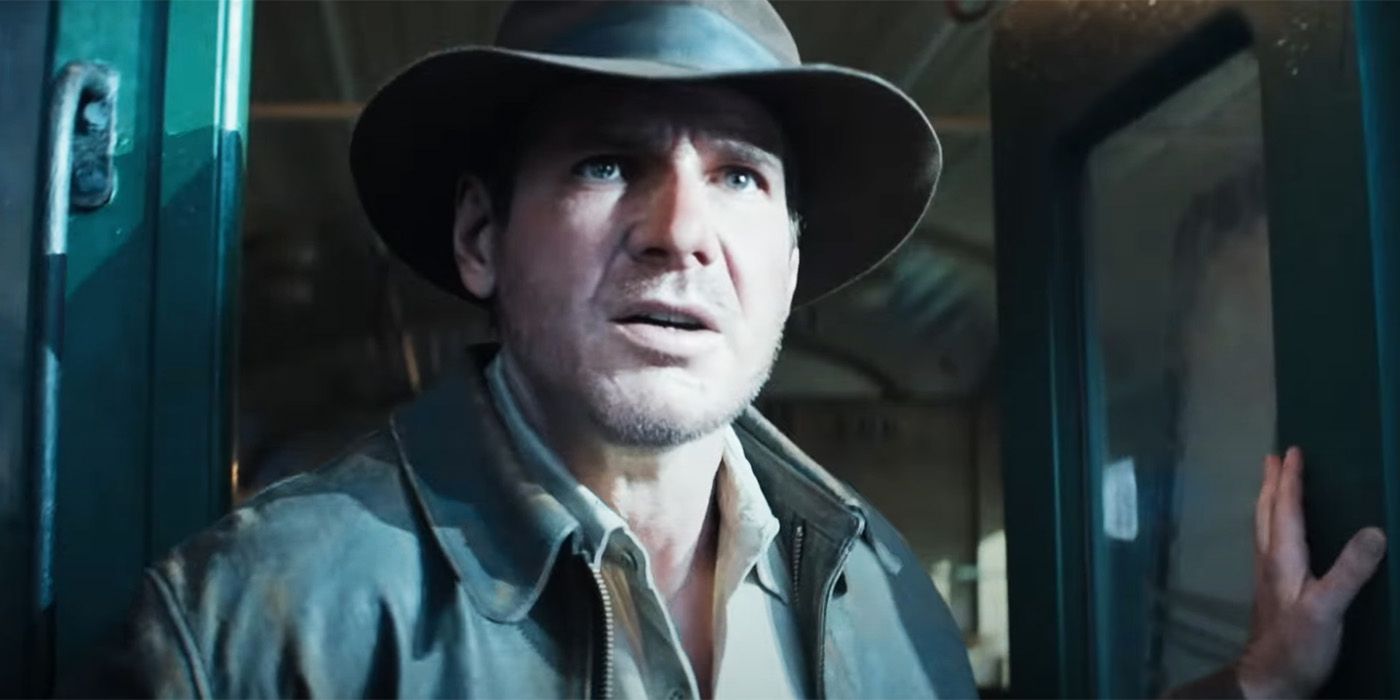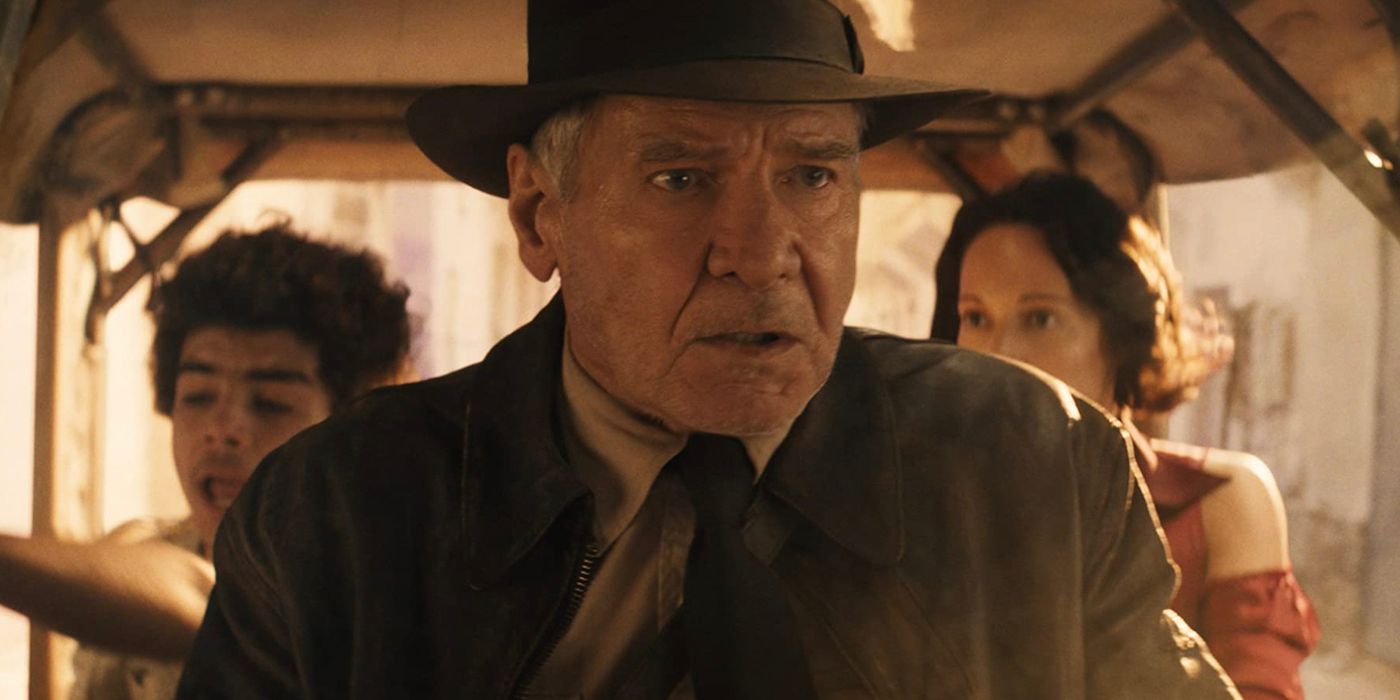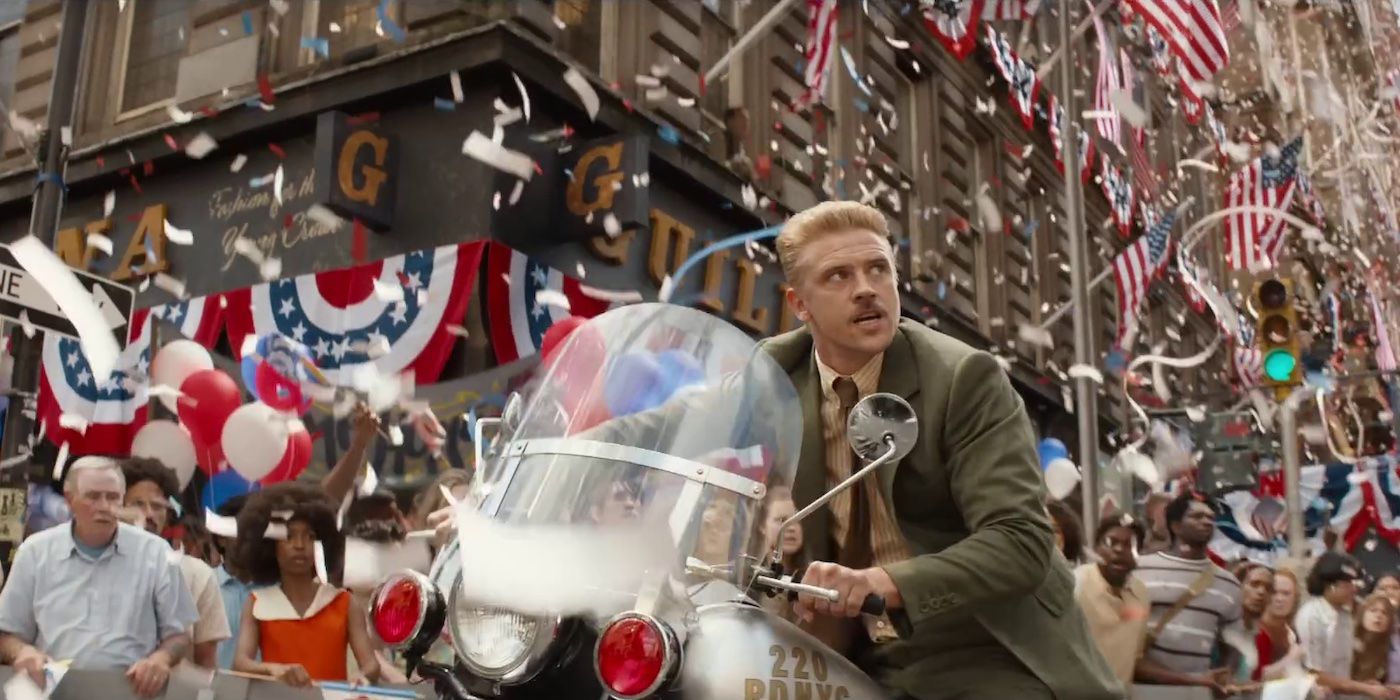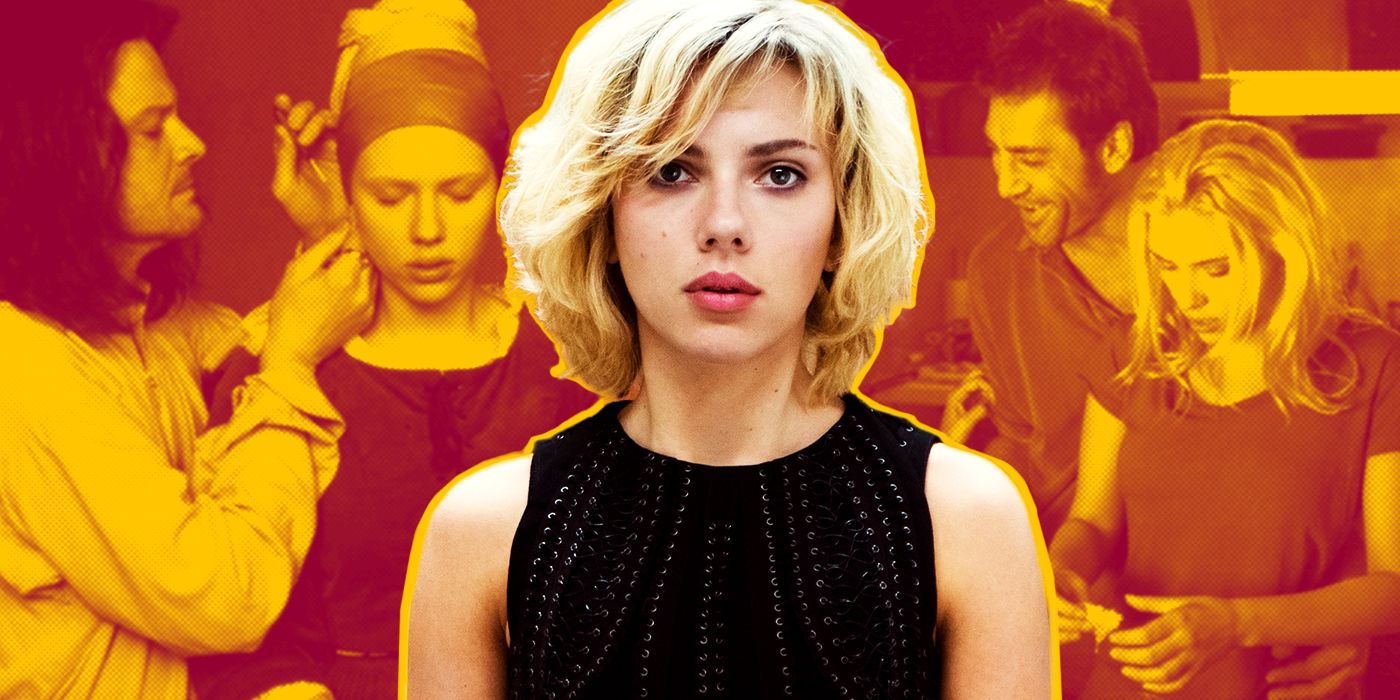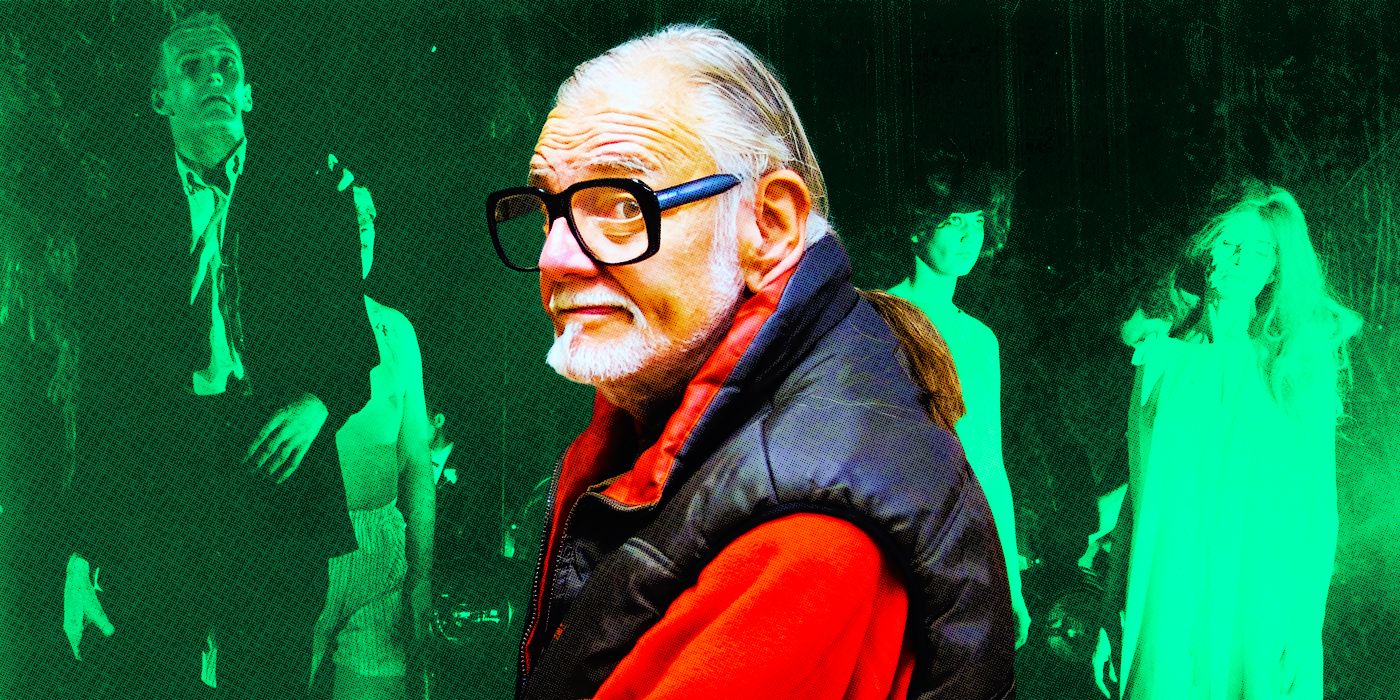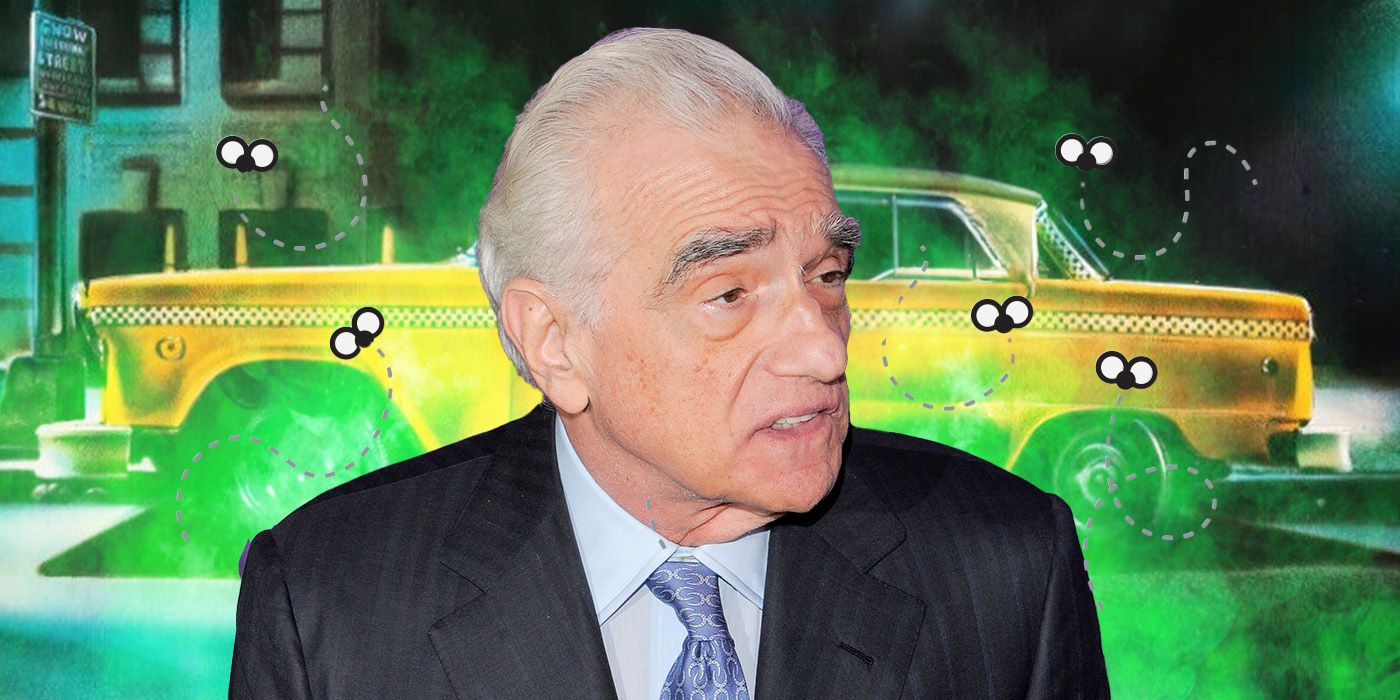Editor’s Note: The following contains spoilers for ‘Indiana Jones and the Dial of Destiny’
The Big Picture
- Indiana Jones and the Dial of Destiny continues the disappointing trend of relying on digital effects and CGI, creating a visually unappealing and unconvincing world.
- The film’s overuse of digital effects is particularly puzzling considering the franchise’s history of impressive stunt work and action set pieces.
- The emphasis on digital effects over practical ones undermines the authenticity and immersion of the film, making it look cartoonish and fake.
Indiana Jones and the Dial of Destiny is finally here, and unfortunately, it continues a disappointing trend in the beloved series that began in the last installment, Indiana Jones and the Kingdom of the Crystal Skull. While it’s great to see Dr. Henry Jones Jr. (Harrison Ford) return for another globe-trotting epic, his journey is severely undercut by a critical flaw—an overabundance of digital effects and CGI, all of which combine to create a world that is as visually unappealing as it is unconvincing.
Dial of Destiny releases only a few weeks after the monetarily unsuccessful The Flash, which just so happens to be another big blockbuster that was universally panned for underwhelming computer-generated imagery. While there’s nothing on the level of digitally resurrected deceased Superman actors, the digital effects seen in Indiana Jones and the Dial of Destiny are so abundant that the film looks less like a feature film and more like a video game. Considering this a franchise well-known for its stunt work and action set pieces, this baffling decision to rely so much on special effects does far more harm than good. What makes this even more puzzling? We already went through this exact controversy when the last Indiana Jones film came out, as well as with a certain other franchise made by Lucasfilm.
Before we go any further, we should also mention that we are in no way pinning any sort of blame on the talented VFX artists who deserve far more pay and far more reasonable working hours. It is merely a commentary on the end product of Indiana Jones and the Dial of Destiny and why the emphasis on digital effects over practical ones doesn’t work.
Indiana Jones and the Dial of Destiny
Archaeologist Indiana Jones races against time to retrieve a legendary artifact that can change the course of history.
- Release Date
- June 30, 2023
- Director
- James Mangold
- Cast
- Harrison Ford, Antonio Banderas, Boyd Holbrook, Phoebe Waller-Bridge
- Runtime
- 142 minutes
Read Our Review
‘Indiana Jones and the Kingdom of the Crystal Skull’ Was Universally Panned for Its Cartoonish Effects
The digital effects in Indiana Jones and the Kingdom of the Crystal Skull are just some of the fourth Indiana Jones film’s many problems. The pivot into science fiction, the inclusion of unlikeable characters, and too absurd action set pieces make it one of the most disliked films in the series. Some sequences are so ridiculous that only digital effects could make them look even more so, such as Indy surviving a nuke in a fridge, Mutt (Shia LaBeouf) swinging alongside monkeys, and the various heroes and villains being chased by a horde of fire ants.
These sequences look even worse in comparison to the film’s more practical set pieces. The motorcycle chase through the library and the Peruvian grave-digging scenes in particular are highlights of an otherwise flawed film, once again proving that real sets, real stunts, and real costumes will almost always be more impressive than computer-generated images. With all that in mind, it’s a true mystery why Indiana Jones and the Dial of Destiny decided to follow in the footsteps of its disliked predecessor.
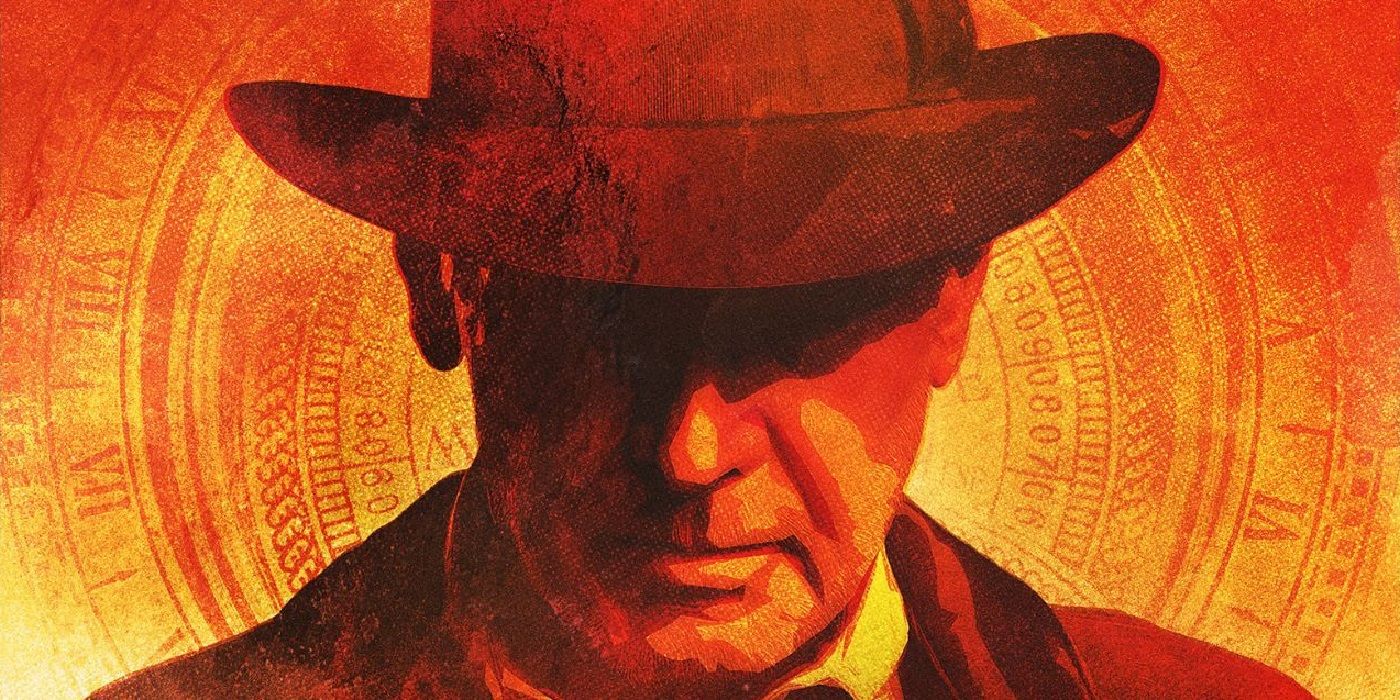
‘Indiana Jones’ Movie Marathon Swings Into the TCL Chinese Theatre
Harrison Ford put on the fedora one final time this past summer.
The De-Aging of Harrison Ford Doesn’t Work in ‘Indiana Jones and the Dial of Destiny’s Prologue
Indiana Jones and the Dial of Destiny begins with a great prologue, taking audiences back in time to the golden age of Indiana Jones with him fighting Nazis in World War II. It’s a great sequence, one of the best in the film in fact, but it is undercut by a contentious effect that has been hotly debated within the industry – digital de-aging. Sometimes, this effect looks pretty good, with the many examples from the Marvel Cinematic Universe being rather convincing. However, most of the time its not as impressive, with not even the great Martin Scorsese being able to pull it off with the infamously awkward grocery store “fight” from The Irishman.
The de-aging of Harrison Ford’s main character in Indiana Jones and the Dial of Destiny is, unfortunately, one of the latter, as the visual effect just looks a little bit off. While certainly not the worst example of digital de-aging, this digital Indy looks more like CLU (Jeff Bridges) from Tron: Legacy than he does a young Indiana Jones. The real Achilles’ Heel is the voice, which the current 80-year-old Ford still portrays. The actor sounds a lot different now than he did in 1981 when he made Raiders of the Lost Ark, so hearing a young Indiana Jones sound like an older Harrison Ford makes the effect even more unconvincing.
Exterior Shots in ‘Indiana Jones and the Dial of Destiny’ Look Like They Take Place on a Green Screen
Despite reportedly filming on location, almost every single time Indiana Jones and the Dial of Destiny goes outside, it looks like it’s in front of an artificial green screen. Some may argue this was done to make the various periods and settings the film explores more authentic. In actuality, the end result is the opposite. Instead of creating backdrops that look authentic and visceral, it once again creates a cartoonish and fake-looking environment that breaks the immersion of a franchise where immersion should be one of its top priorities.
Even Indiana Jones and the Kingdom of the Crystal Skull got this right. When Indy and Mutt get on their campus chase in that film, it takes place on a set and one that is remarkably well-themed to the 1950s. Even more, it features actual motorcycle stunt work that is still rather impressive.
Most of ‘Indiana Jones and the Dial of Destiny’s Action Scenes Suffer From Sensory Overload
Two concepts apply to the best Indiana Jones action scenes – practicality and simplicity. We’ve already gone well into how having a set piece with real sets and real stunts provides authenticity without even trying, with the admirable direction coordination and stunt work being almost akin to watching something like a live show or a ballet. Simplicity also makes these sequences more impressive. Think about it. One of the most famous scenes in the entire franchise consists of Indy, Marion (Karen Allen), two Nazis, a plane, and a truck—a simple list of ideas that make for a memorable and visually stunning sequence.
That’s really only scratching the surface of the incredible practical effects and stunts that the series is so well-known for. The massive iconic boulder from the opening of Raiders of the Lost Arc. The mine cart chase sequence from Indiana Jones and the Temple of Doom. Donovan’s (Julian Glover) transformation into a ghoulish zombie in Indiana Jones and the Last Crusade. Even Indiana Jones and the Crystal Skull has that riveting motorcycle chase through the library, most of which was achieved through stuntwork. There is just nothing even close to that level of practical spectacle in Indiana Jones and the Dial of Destiny, and this is a movie that has a Roman battle sequence for crying out loud.
Many of Indiana Jones and the Dial of Destiny‘s major sequences feature what can only be described as digital sensory overload. The parade chase is quite literally littered with CGI confetti that is both distracting and obnoxious. The diving sequence features a horde of cartoony eels which feel entirely out of place and something that would never realistically happen. Finally, the time travel fight in ancient Sicily is conceptually interesting, but is hard to appreciate when digital arrows and spears are flying all over the screen.
Is it true that Harrison Ford probably can’t pull off the death-defying stunts he used to at his age? Sure, but that doesn’t mean we couldn’t have gotten some more creative sequences that didn’t just resort to throwing Indiana Jones onto a computer screen.
‘Indiana Jones and the Dial of Destiny’ Isn’t the First Time Lucasfilm Has Overplayed Digital Effects
When CGI and digital effects became more and more abundant during the late ’90s and early 2000s, the industry’s filmmakers developed ambitious aspirations for what this new technology was capable of. Though, perhaps they were a bit too ambitious. This is especially true for Lucasfilm, beginning when George Lucas finally decided the industry’s modern technology would make for the perfect opportunity to make a prequel trilogy set in the universe of Star Wars. As fans of the franchise know, the original trilogy is well-loved partly for its practical costumes, sets, creatures, and more.
To give credit where credit is due, the first of these films, Star Wars: Episode I – The Phantom Menace does feature a good balance of practical effects and digital effects (Jar Jar Binks notwithstanding), even featuring the stunning pod racing sequence that still holds up today. The phrase “still holds up today” does not apply to the film’s sequel, Star Wars: Episode II – Attack of the Clones, which takes place almost entirely on a green screen and is arguably the most dated film in the franchise. Star Wars: Episode III – Revenge of the Sith also primarily sticks with digital effects, but their quality is much stronger.
Even with the best digital effects money can buy, practical effects and authentic shooting locations beat CGI and green-screen nine times out of ten. Not only are the pageantry and aesthetic that is put into practical effects alone something to behold, but they also subtly apply a sense of authenticity and realism that digital creations just can’t. Yes, some concepts are just so complex that pulling them off without CGI would be virtually impossible, but just a little practicality can go a long way. We also know that the modern era of Lucasfilm is more than capable of developing stunning practical effects, with the sequel trilogy of Star Wars having a much greater emphasis on them.
With Kingdom of the Crystal Skull, the Indiana Jones series lost many of the practical action sequences that made the first three films so great, and unfortunately, Dial of Destiny has continued this trend. Sometimes all it takes to make an adventure film work more effectively is a real set, some actual stunts, and the choice to not rely so heavily on CGI. If the last two Indiana Jones films have taught us anything, that makes all the difference.
Indiana Jones and the Dial of Destiny is streaming now on Disney+. You can also find Raiders of the Lost Ark, Indiana Jones and the Temple of Doom, Indiana Jones and the Last Crusade, Indiana Jones and the Kingdom of the Crystal Skull, and even The Young Indiana Jones Chronicles television series on Disney+ as well, making the streaming platform’s collection of Indy films something that belongs in a museum.
Indiana Jones and the Dial of Destiny is now available to stream on Disney+.
Watch on Disney+

